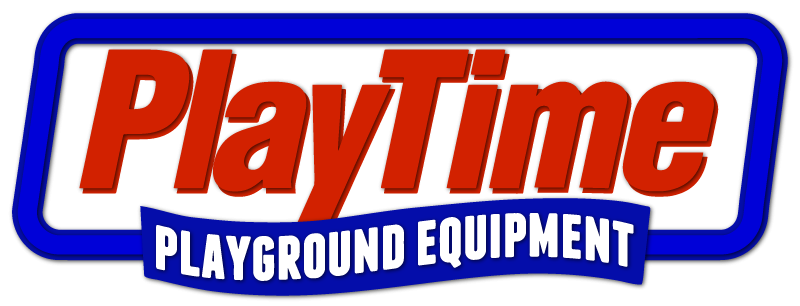Making the case for kids moving more.
What is Physical Activity?
Physical activity is any bodily exercise that enhances or maintains physical fitness and overall health or wellness. We think of physical activity as burning energy or calories. For health benefits, physical activity should be of moderate or vigorous intensity, according to the USDA.
Some examples of moderate activities include: walking, biking, gardening, and hiking.
Some examples of vigorous activities include: running, swimming, aerobic exercise, soccer and competitive basketball.
How Active is Active Enough?
Typically once you begin to sweat you are engaged in moderate to vigorous physical activity. If you are running and find it difficult to talk-and-run, chances are you are engaged in moderate to vigorous activity. It is generally thought that children begin to see health benefits after 20-30 minutes of continuous moderate to vigorous activity per day occurring for a period of 6 weeks and beyond.
The National Association for Sport and Physical Education recommends that children participate in 60 minutes of moderate to vigorous physical activity five days a week. However, the Shape of the Nation Report 2010 reveals that fewer than one-third of all children ages six to 17 engage in vigorous activity defined as participating in physical activity for at least 20 minutes that made the child sweat and breathe hard for at least 20 minutes.
Health Benefits of Physical Activity
Regular physical activity is important for children for a variety of reasons, not the least of which is the long term health benefits. Physical activity also aids in maintaining a healthy weight. In addition to long term health benefits, children also benefit from keeping active.
Some of the additional benefits are:
- Decreases chance depression
- Helps with sleeping at night
- Strengthens bones and muscles
- Helps with maintaining a healthy weight
- Enjoying the ability to move easily.
Inactive children and young adults can show signs of:
- Heart disease
- Type 2 diabetes
- High blood pressure, and
- Increased chance of stroke
- The good news is that even a modest amount of physical activity is good for children’s health and the more active you are the more you will benefit.
How Children Become More Active
There are many popular activities that help children to get and remain active. Sports participation comes to mind as well as dance and gymnastics classes.
Schools that enjoy the benefit of a physical education instructor are at an advantage as physical activity minutes are often met or can occur in their daily physical education class. An additional benefit is instruction that they receive often results in underlying motor skill proficiency contributing to their success. They tend to increase their participation in sports teams; they gain the confidence to be active.


